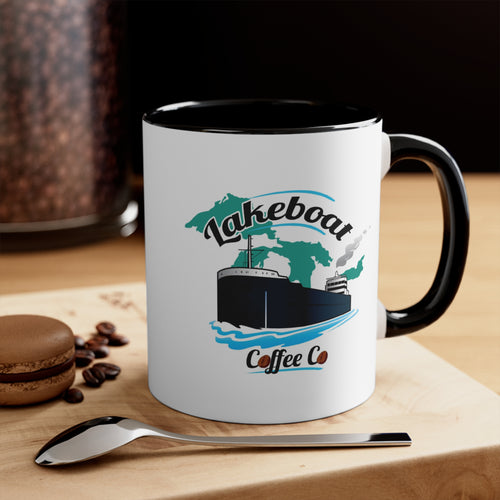St. Lawrence Seaway: An Overview
The St. Lawrence Seaway is a crucial system of locks, canals, and channels that stretches for over 3,700 kilometers (2,300 miles), connecting the Great Lakes of North America to the Atlantic Ocean via the St. Lawrence River. This remarkable feat of engineering has revolutionized transportation, trade, and the economies of Canada and the United States. This guide will delve into its history, significance, and impact.
A History of the Seaway
The dream of a navigable waterway connecting the Great Lakes to the ocean dates back centuries. Early attempts were limited by technological constraints, but the mid-20th century brought the necessary advancements. Construction began in earnest in the 1950s, a collaborative effort between Canada and the United States, culminating in the Seaway's official opening in 1959.
The project wasn't without its challenges. Significant engineering hurdles needed to be overcome, and political negotiations were complex. However, the economic potential proved too compelling to ignore. The result stands as a testament to international cooperation and engineering prowess.
The Seaway's Economic Impact
The St. Lawrence Seaway has significantly impacted the economies of Canada and the United States, fostering substantial economic growth in numerous ways:
- Increased Trade: The Seaway allows for the efficient and cost-effective transport of vast quantities of goods, including grains, minerals, manufactured products, and more, between the Great Lakes region and international markets.
- Job Creation: The Seaway supports a significant number of jobs, from ship crews and dockworkers to those involved in supporting industries and infrastructure maintenance.
- Economic Development: The improved accessibility to global markets spurred economic growth in port cities and surrounding communities along the Seaway.
- Tourism: The Seaway also provides opportunities for tourism, drawing visitors who appreciate the historical significance, engineering marvel, and natural beauty of the waterway.
Key Components and Features
The St. Lawrence Seaway encompasses several key components:
- Locks: A series of locks raise and lower vessels to navigate the changes in elevation along the waterway.
- Canals: These artificial waterways bypass sections of the river that are too shallow or otherwise unsuitable for navigation.
- Channels: Dredged channels ensure sufficient depth for large vessels to transit the Seaway.
- Ports: Major ports along the Seaway, such as Thunder Bay, Duluth-Superior, and Montreal, facilitate the loading and unloading of cargo.
Environmental Considerations
While the St. Lawrence Seaway has brought significant economic benefits, its environmental impact is a topic of ongoing discussion. Concerns include:
- Habitat Alteration: The construction of the Seaway altered the natural environment, affecting wildlife and ecosystems.
- Invasive Species: The Seaway has facilitated the spread of invasive species, posing threats to native flora and fauna.
- Water Quality: The management of water quality along the Seaway remains a critical concern.
Efforts are continually underway to mitigate negative environmental consequences and promote sustainable management of the Seaway ecosystem.
The Future of the St. Lawrence Seaway
The St. Lawrence Seaway remains a vital artery for North American trade and commerce. Ongoing maintenance, modernization efforts, and responsible environmental management will be crucial for its continued success. Technological advancements, such as improved vessel designs and navigation systems, will also play a key role in shaping its future. The Seaway's legacy as a symbol of international cooperation and engineering achievement will endure for many years to come.
Conclusion
The St. Lawrence Seaway stands as a testament to human ingenuity and the transformative power of international collaboration. Its economic, environmental, and historical significance continue to shape the landscape of North America, making it a subject of ongoing interest and study.




0 comments